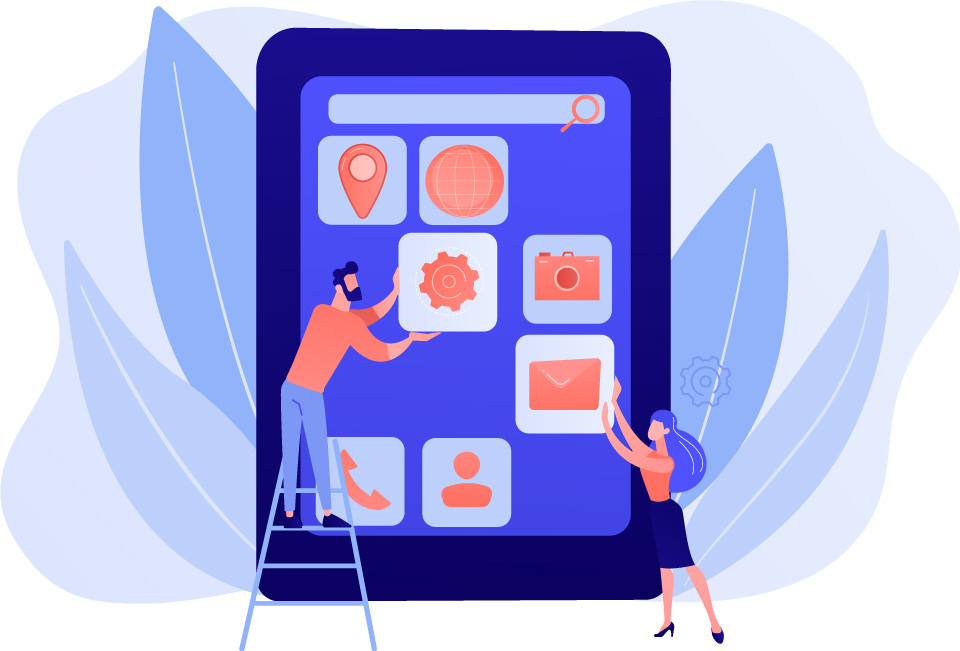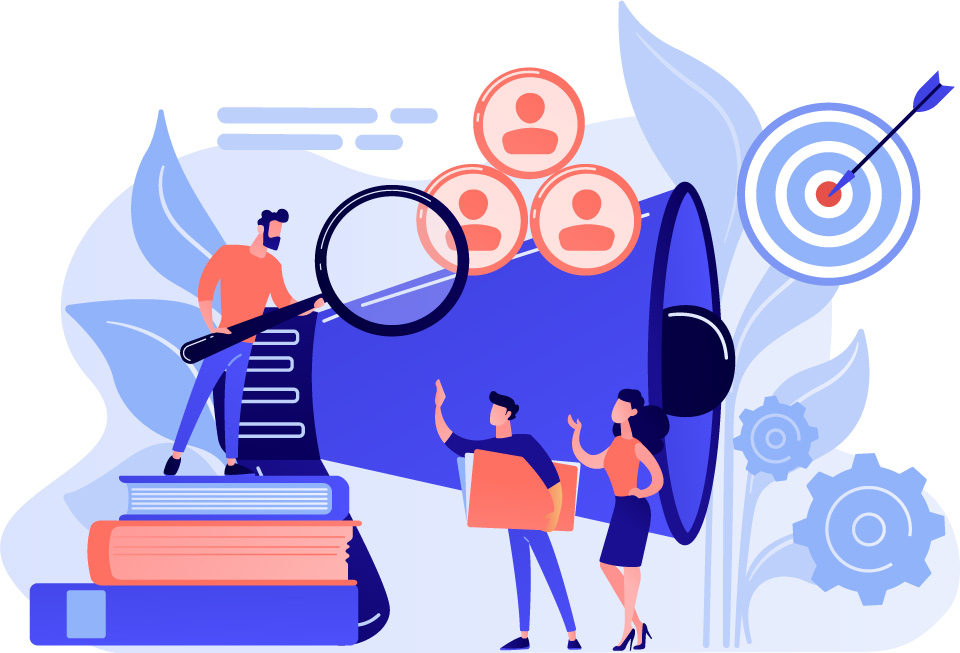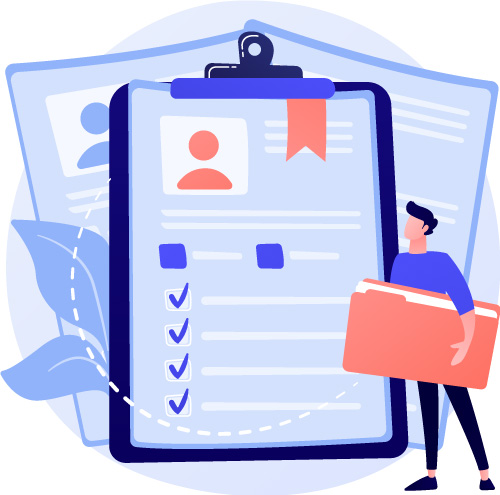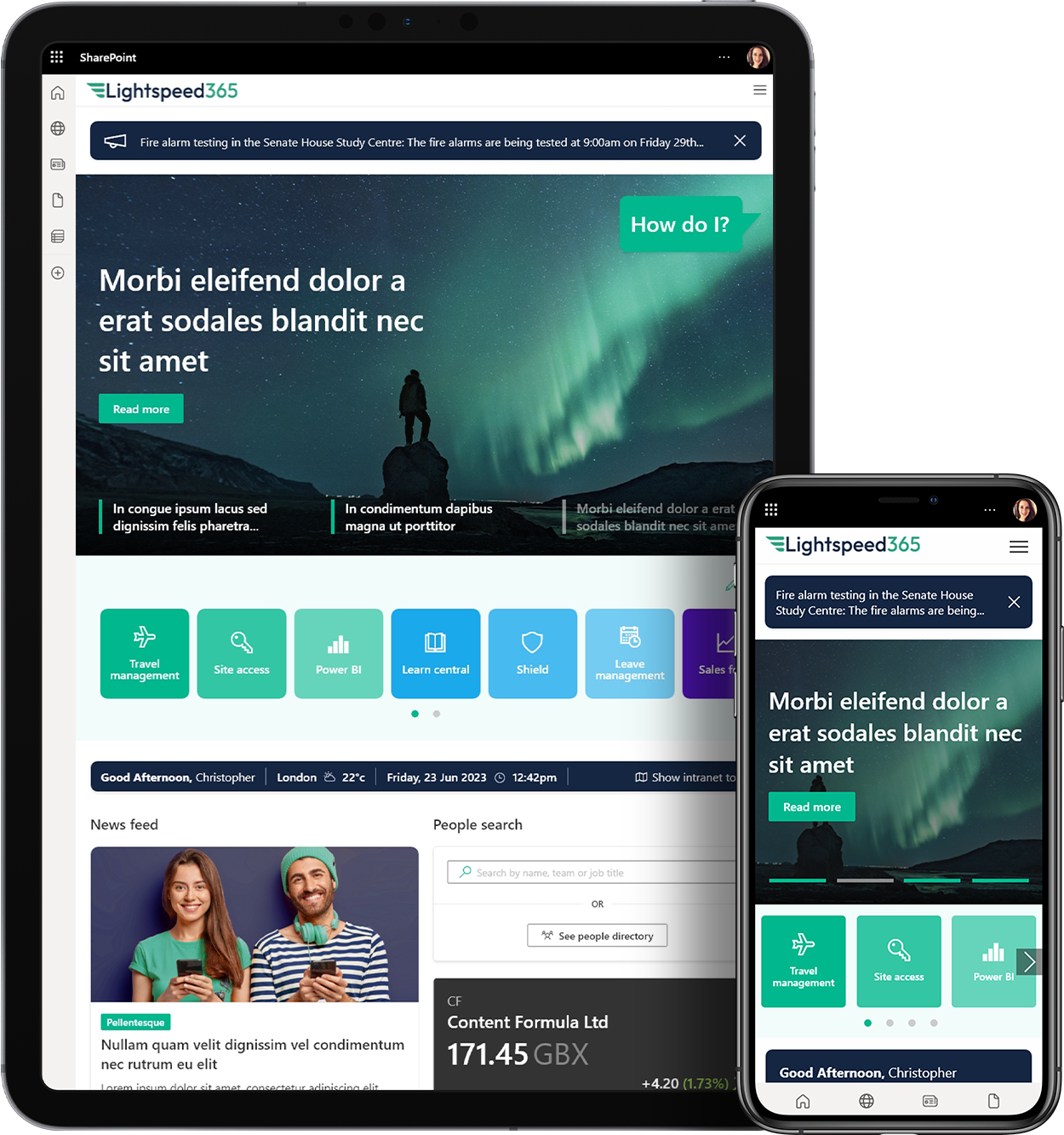Digital experience and employee experience are terms that have become increasingly common in the digital workplace world, as well as in related fields such as digital customer experience and HR. Accompanying this are the concepts of the digital experience platform (DXP) and the related employee experience platform (EXP), both terms that are seeing ever-wider use. For example, Microsoft has gone to market using the term EXP to describe its Microsoft Viva suite of apps.
But there is some confusion about exactly what digital experience platforms and employee experience platforms are. In this post, we’re going to define and unpack these terms, as well as cover some of their key characteristics.
Defining DXPs and EXPs
As with terms such as digital workplace and employee experience, there is no consensus on the exact meaning of DXPs and EXPs, although there is a broad understanding of their general meaning. For example, when we wrote about What is digital employee experience?, we ended up covering seven different definitions!
The terms DXP and EXP are being used extensively in marketing material from technical providers, so definitions tend to be characterised by the features and capabilities of the product being promoted, meaning general definitions can be further muddied.
Gartner provides a decent definition of a DXP, describing it as an integrated set of technologies, based on a common platform, that provides a broad range of audiences with consistent, secure and personalized access to information and applications across many digital touchpoints.
These digital touchpoints can include websites, apps, portals and more. When sources use the term DXP, they are generally referring to external-facing channels aimed at customers who buy products and services, such as Sitecore, Adobe, Liferay and Bloomreach.
Using this definition, an employee experience platform can be considered as a specific type of DXP, but one that is firmly aimed at an employee audience and their needs. Josh Bersin, a well-regarded HR thought leader, wrote about EXPs back in 2019, categorising them as a new category of workplace software. Bersin described EXPs as meeting companies desire to integrate their entire end-to-end service experience, and as being platform that lets a company design [a] multi-step, multi-flow experience, integrate it with all the various IT and HR applications needed, and abstract the user from the complexity behind the scenes.
EXP is a term that is increasingly being used to describe software that can include the delivery of an intranet and related content across multiple channels. For example, LiveTiles has occasionally described its suite of products as an EXP.
Seven characteristics of a DXP and an EXP
Getting into a debate about the semantics of exact definitions of DXPs and EXPs can be a bit of a navel-gazing exercise. It’s more worthwhile looking into broader meanings by defining some of the main characteristics of the two. These match many of the key qualities teams are looking for when choosing a modern platform to build and deliver digital experiences for customers and employees.
Here’s our view of seven key characteristics of DXPs and EXPs.
1 They’re integrated sets of distinct capabilities
DXPs and EXPs are platforms. This means they are distinct from being standalone apps and will have a variety of distinct capabilities, features and apps (or the equivalent) that can be deployed, as well as allowing integrations to be built in. Although these features might be experienced separately, they should also be integrated so they can work together seamlessly. For example, we would consider SharePoint Online and Microsoft Teams as platforms, but our Xoralia Policy Management library might be viewed as an application. A DXP or EXP will therefore have multiple features that deliver different capabilities to make up one, coherent digital experience.
2 They’re multi-channel

A DXP or EXP can serve and be accessed through multiple channels, such as web browsers, web apps and mobile apps. An increasing number of EXPs can also be accessed through Microsoft Teams.
The aim for these platforms is often to deliver a consistent experience across different mediums to suit different user preferences and use cases. For example, the ability for EXPs to provide mobile access is important for frontline employees. As new channels emerge, DXPs and EXPs will need to keep up. The move for EXPs to be accessed through Teams, for example, is a trend we’ve seen over the past two years.
3 They have multiple use cases
Because DXPs and EXPs are platforms which can incorporate a wide range of features both native and through integrations they can meet a high number of use cases through a range of content and experiences. An EXP, for example, might be able to deliver internal communications, communities of practice, employee feedback surveys, peer to peer recognition, access to policy and procedure libraries, enterprise search, collaboration, wellbeing analytics, access to learning, HR self-service, employee onboarding, idea management and more!
4 They’re user- and people-centric

DXPs and EXPs are about experiences which are firmly focused on the user, and which deliver value to them. The front-end experience should be well-designed, intuitive, easy to use and make people want to return. The overall platform should be geared towards user needs and user journeys, ultimately easing pain points and helping individuals complete transactions, find information and save time. These might sound like obvious, foundational principles for all digital experiences, but it’s worth remembering that there are still a lot of poor digital experiences out there!
Because experience platforms deliver a range of capabilities and have multiple features, the user experience needs to be consistent, smooth and uninhibited across these, avoiding the ultimately confusing and frustrating fragmentation that happens when having to use multiple applications.
5 They’re a single pane of glass for integrations
A DXP or EXP should provide that single pane of glass for everything a customer or employee needs to do or find. This is usually delivered through a breadth of native features, but also through integrations.
A trending theme in digital employee experience is the ability to create one environment where employees can access all the information and applications they need for the working day. The idea of a one stop shop – the single pane of glass or front door to the wider digital workplace – is a persuasive one, helping to save time and reduce the number of different applications that employees need to visit which can be a source of pain and frustration. An EXP should be able to deliver this capability by allowing easy integrations with other applications which allow information to be displayed, simple transactions to be performed and notifications to be viewed.
Similarly, a DXP should provide one place for everything a customer needs to do, including viewing content, completing e-commerce transactions, asking questions and more.
6 They’re personalised

A central tenet of modern digital experiences is that they are personalised to the individual user, whether they’re a customer or an employee. This means a DXP or EXP recognises the person accessing the platform, and returns content and experiences relevant to that individual’s profile and preferences. For EXPs, this means that content and experiences can be targeted to different employee groups, often based on their Active Directory profile data. It might also be possible for employees to configure their own experiences, for example, by changing the layout of the homepage, subscribing to content on different topics and adding their own favourite links. For DXPs that are aimed at customers, the personalisation element is not necessarily based on a person authenticating into the environment.
7 They are flexible, configurable, extensible and customisable
A DXP or EXP does not deliver a limited range of fixed experiences. They offer the opportunity to create a range of difference experiences by being flexible, configurable, extensible and customisable. You should be able to create excellent customer and employee experiences suited to the needs of your users, with benefits that will be felt at an organisational level.
Still confused? Get in touch!
There’s a lot of noise about Digital Experience Platforms and Employee Experience Platforms, but we think DXPs and EXPs as terms and concepts may be around for a while. While there are no agreed specific definitions, we’re seeing some common characteristics which we’ve detailed in this article. If you’re still confused and want to discuss anything relating to your DXP or EXP, then get in touch!



 SharePoint Products
SharePoint Products

